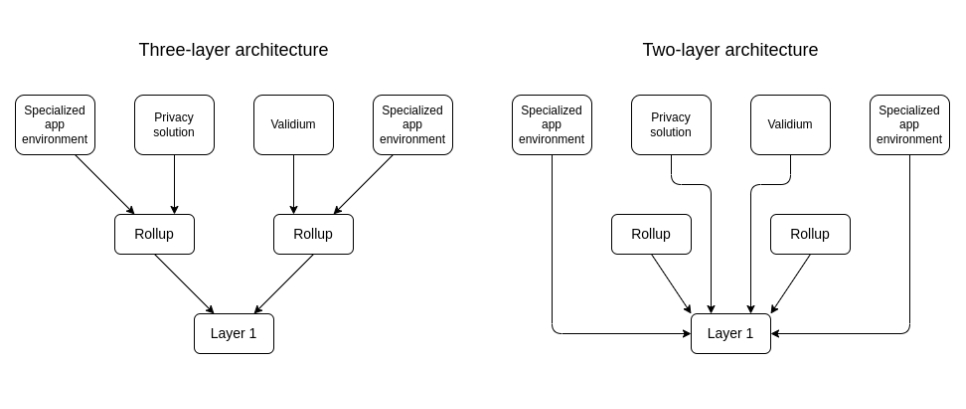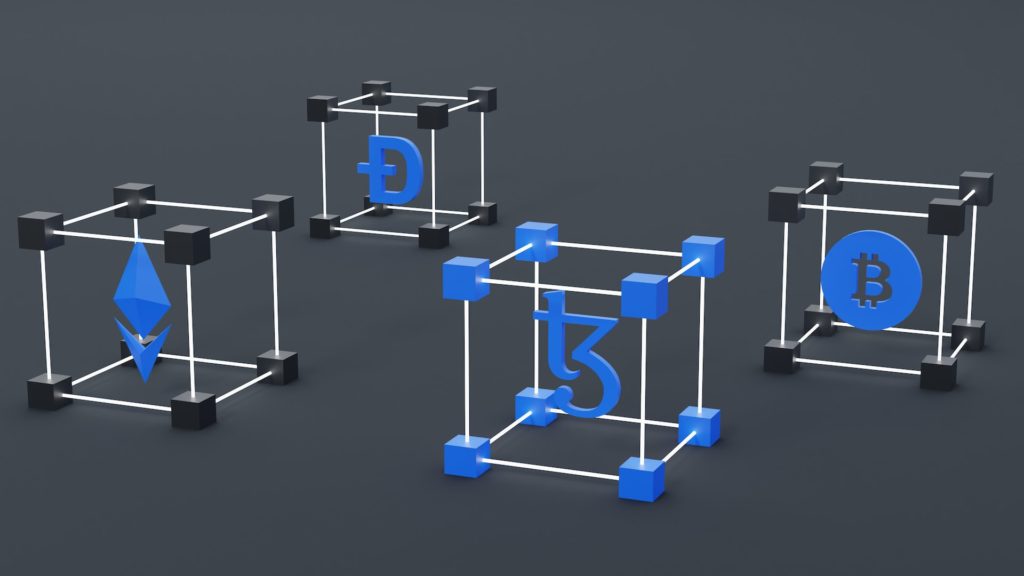According to Vitalik Buterin, one of the co-founders of Ethereum, while layer-2 protocols have been concentrating on “scalability,” layer-3 protocols would serve a significantly different purpose.
While solutions based on Ethereum’s layer 2 have been concentrating on hyperscaling the network, Ethereum co-founder Vitalik Buterin believes that solutions based on Ethereum’s layer 3 will serve a very different purpose: they will provide “customized functionality.”

Buterin published his ideas in a post on Saturday, in which he outlined three different “visions” for the potential uses of layer 3s in the foreseeable future.
The co-founder of Ethereum stated that a third layer on the blockchain would only make sense if it served a purpose that was distinct from that of layers 2 and 2, which have primarily been used to improve scaling through the implementation of zero-knowledge rollup technology:
“Most of the time, a 3-layer scaling architecture, which is created by piling one scaling scheme on top of another, does not work very well. This is because each layer is built on top of the previous one.” Rollups on top of rollups, in which the two layers of rollups use the same technology, most certainly do not.”
But, as Buterin put it, “a three-layer architecture in which the second layer and the third layer each have different purposes can work.”
One of the use cases for layer 3 would be what Buterin refers to as “customized functionality.” This is a reference to privacy-based applications that would use zk proofs to submit transactions to layer 2 that preserve users’ privacy.
An additional use case would be “customized scaling,” which would be applicable to specialized applications that do not wish to perform computation using the Ethereum Virtual Machine (EVM).
Buterin also mentioned the possibility that layer 3 could be used for “weakly-trusted” scaling by utilizing Validiums, a technology that is zk-proof. Buterin suggested that this could be useful for “enterprise blockchain” applications by making use of “a centralized server that runs a validium prover and regularly commits hashes to chain.”
Buterin added that it is still unknown whether layer-3 structures will be more efficient than the current layer-2 model when it comes to the construction of specialized applications on Ethereum. He said this because it is still unclear whether layer-3 structures will be used.

Buterin stated that one possible argument favoring the three-layer model over the two-layer model is that a three-layer model enables an entire sub-ecosystem to exist within a single rollup. This is an advantage of the three-layer model over the two-layer model. The three-layer model has this advantage over the two-layer model.
The two-layer model does not. Because of this, there is no longer a requirement to proceed through the more expensive layer 1, which paves the way for cross-domain operations to be carried out within that ecosystem at a cost that is significantly reduced.
Buterin stated that building layer 3s may not necessarily improve the efficiency of the network because cross-chain transactions can be executed easily and cheaply between two layer 2s that have committed to the same chain. This suggests that building layer 3s may not be necessary.

Buterin’s remarks on possible use cases for layer 3 come at a time when StarkWare’s recently produced recursive validity proofs appear to have possibly put an end to concerns regarding Ethereum’s scalability.
Declan Fox, the product manager at the Ethereum software company ConsenSys, made the statement not too long ago that “with recursive rollups and proofs, we theoretically can infinitely scale.”
Recently, StarkWare co-founder Eli-Ben Sasson mentioned that its recursive proofs have rolled up as many as 600,000 nonfungible token mints in a single transaction on Immutable X, and that 60 million transactions could soon be on the cards “with more engineering and tweaking.” These recursive proofs have been well tested in production.
Disclaimer: The opinion expressed here is not investment advice – it is provided for informational purposes only. It does not necessarily reflect the opinion of EGG Finance. Every investment and all trading involves risk, so you should always perform your own research prior to making decisions. We do not recommend investing money you cannot afford to lose.
 English
English Français
Français Español
Español Bahasa Indonesia
Bahasa Indonesia 中文 (中国)
中文 (中国) Русский
Русский Português
Português Deutsch
Deutsch

